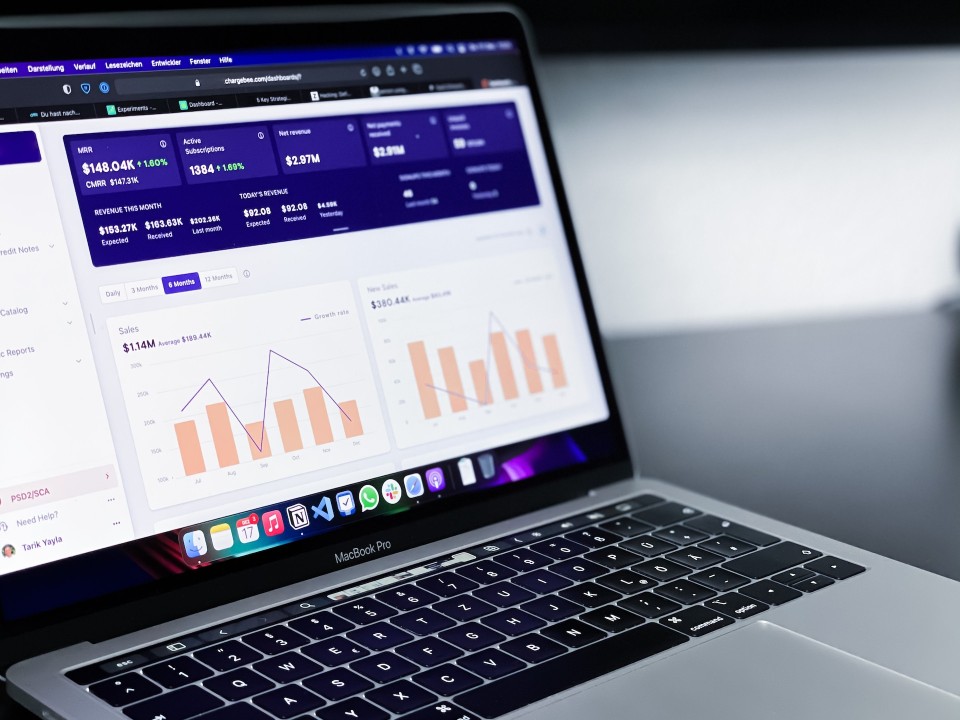Campaign management dashboards play a crucial role in the life of every marketer, enabling them to keep their finger on the pulse of their campaigns across various channels and platforms. Harnessing the power of these tools can lead to faster, more informed decision-making by providing real-time insights into campaign performance. However, the effectiveness of these dashboards isn’t a given; it requires a strategic approach that involves adhering to best practices and steering clear of common pitfalls.
1. Define Clear Goals and Audience:
Begin your dashboard journey by defining your goals and audience. What are your objectives, and who will be using the dashboard? Tailoring your dashboard to its intended audience is vital. Having a precise understanding of these aspects will guide your choice of metrics, dimensions, and filters to include. Consider how you want to structure and visualize your data and the frequency of updates and sharing. For example, if your goal is to optimize campaign performance, focus on metrics like conversions, cost per acquisition, and return on ad spend. Utilize interactive charts and tables for deeper insights. If your purpose is to report to senior management, concentrate on metrics like revenue, reach, and brand awareness, accompanied by simple, clear charts and graphs highlighting key takeaways.
2. Choose the Right Tools and Data Sources:
The effectiveness of your dashboard is heavily influenced by the tools and data sources you select. Ensure these tools and data sources are reliable, accurate, and compatible. They should handle the volume and complexity of your data, and automation capabilities can save time and reduce errors. Dashboard tools like Google Data Studio, Power BI, and Tableau offer various features; choose one that aligns with your needs. Select data sources, including marketing automation platforms, social media platforms, and advertising platforms, that directly contribute to your dashboard’s objectives. Establish seamless connections between data sources and your chosen dashboard tool.
3. Adhere to Data Visualization Principles:
Once your data sources are integrated with your dashboard tool, consider data visualization. Follow key principles:
- Select appropriate chart types: Use line charts for trends, bar charts for comparisons, and pie charts for proportions.
- Employ consistent and contrasting colors to emphasize important data points and categories.
- Ensure clear, concise labels and titles to explain the data.
- Implement a logical, hierarchical layout that maintains data organization without clutter.
4. Test and Refine:
The work isn’t complete once the dashboard is created. Testing and refinement are essential. Review the following aspects:
- Data accuracy and timeliness: Ensure the data remains up-to-date.
- Usability and clarity: Confirm the dashboard is easy to comprehend and navigate.
- Aesthetics and engagement: Strive for a visually appealing and engaging design.
- Collaborative and shareable: Enable collaboration by ensuring the dashboard is shareable and interactive, facilitating insights from others.
By following these guidelines, you’ll craft campaign management dashboards that are effective, informative, and actionable, setting the stage for marketing success. What are your dashboard experiences? Do you have any additional best practices? Why not share them in the comments below. Let’s keep the conversation going!




